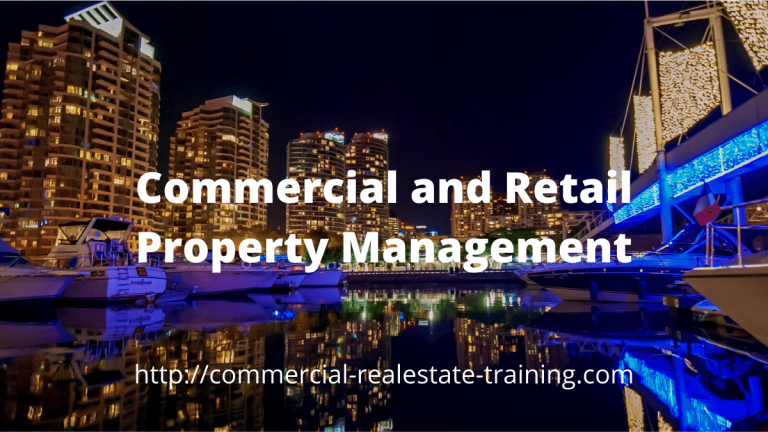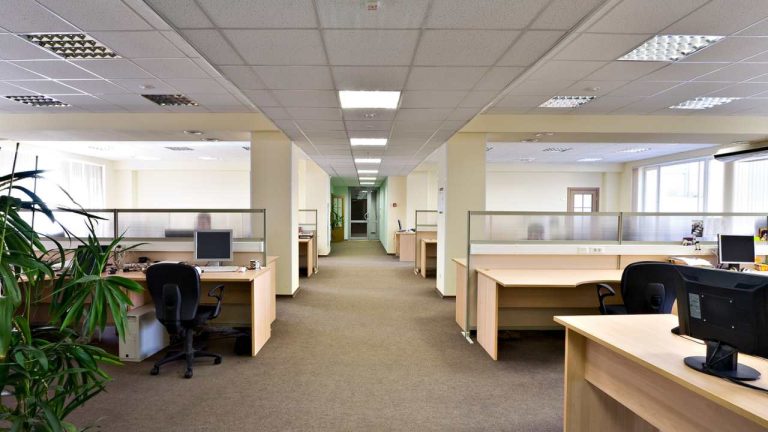Retail Shopping Center Handover Systems in Property Management Today
When a retail property is to be newly managed the focus on the handover process in bringing it over to your agency or brokerage is really important. It is the only time that you can capture the full facts of the property and the tenant mix.
Asking the right questions and documenting the active elements of the shopping centre at handover will help you start the property management process with your new clients.
So the message here is quite clear; your system of retail property handover or take-up should be complex for the property type and highly accurate for the details and facts involved. Ask the right questions, investigate what you are told, and look for issues that are not obvious and yet important to property use and function.
Property Management Handover Checklist
Shopping centres are very complex investments in so many different ways, much more so than office or industrial property; the right facts and information will help you move ahead. Here are some of the larger and more important issues to bring into your retail property handover or ‘take up’ process:
- Inspections – Inspect the property first so you know what you are dealing with. Take plenty of photographs so you can trigger the right questions and ideas later in any discussions.
- Tenant Mix – The tenants in the property can be many in number and diverse in type. Look for weaknesses and strengths across the tenancy mix. Look at the tenancies for quality and volume of stock as that will usually be a good indicator of sales and tenant success.
- Clustering – When you look at the smaller tenants in the property you should see obvious relationships between some of them. Complementary tenants in the same location create ‘clusters’ and those ‘clusters’ help improve sales and customer numbers visiting the property.
- Anchor tenants – The major tenants are your anchor tenants. They can be the main reason that customers visit the property. The anchor tenants will have specific lease terms and conditions that are unique; review those leases to ensure that you understand the occupancy issues of the anchor tenants.
- Rents – There are different rent types and those rents will relate to the prevailing market rent. Check the rents in the property against the current market rents for the property type. Also, ensure that all rent reviews and lease options are up to date.
- Arrears – The larger the property the greater the chance of arrears in rental payments. There are ways to handle arrears and strategies are always required given the instructions of the landlord. Some tenants may be put on a ‘payments plan’ to catch up on rental arrears. Ask questions about those arrears and any actions currently underway across the tenant mix. Get documentation to support your investigations.
- Vacancies – Unoccupied tenancies and vacant areas may exist. You will require leasing strategies to resolve the problem. Ask about how the vacancies have occurred, the asking rents for space, and the enquiries underway with those empty shops.
- Leases – Existing lease documentation will vary across the shops and the tenants. Don’t assume that all leases are the same in general format because they will not be. Every lease should be read and checked for the current situation on occupancy and rent. Look for critical dates that will have an impact on lease events. Understand each lease separately and specifically; enter that information into a comprehensive lease management system that is ‘diary driven’. I go back to the point that critical dates are very important on a lease by lease basis.
- Maintenance – Most retail properties will have active maintenance going on every day. The planned and unplanned maintenance should be checked against existing contracts and building code compliances. Ask for a list of contractors and talk to them about the ongoing maintenance issues in the property.
- Risk – Within a property, there will always be factors of risk across the physical and financial side of property performance. Risks need to be managed and that is what a property management system and business plan should do.
- Outgoings – These are the operational costs of the property. They will vary at different times of the year. There will be peaks and troughs in building cash flow that will require budget controls and comparisons to market trends. A good property manager will do that.
- History of operational costs – In any retail property, it is essential that you understand what the running costs have been over the last few years and where they are headed. From that information, you can compare property performance to other like properties in the local area. Ideally, your property should be ‘operationally standard’ when it comes to occupancy costs and outgoings.
- Reports – Landlord reports will have been undertaken over the existing and previous years. They are a good way of tracking property events and changes. At the end of each month, the report to the landlord should reflect all current issues within the property and comparisons to approved budgets and tenancy mix plans. Get a copy of previous property reports if that is at all possible.
- Marketing – Most medium to large shopping centres will have a marketing budget to work with. The marketing process will promote the centre to customers and help underpin overall sales and tenant occupancy. If a retail property is struggling, look at what is happening with the marketing.
So these things are a good start to get your property management handover well and truly under control. They help you ask the right questions to the right people. Over time the gathering of the information at the start of the management appointment will help you with property controls and financial performances.







